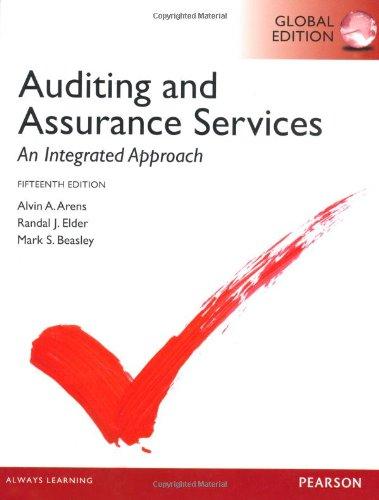Answered step by step
Verified Expert Solution
Question
1 Approved Answer
Coronado makes two products, Simple and Complex. As their names suggest, Simple is the more basic product, and Complex comes with all the bells and


 Coronado makes two products, Simple and Complex. As their names suggest, Simple is the more basic product, and Complex comes with all the bells and whistles. The company has always allocated overhead costs to products based on machine hours. Last year, the company implemented an activity-based costing system, and managers determined the following activity pools and rates based on total overhead of $1,687,800:
Coronado makes two products, Simple and Complex. As their names suggest, Simple is the more basic product, and Complex comes with all the bells and whistles. The company has always allocated overhead costs to products based on machine hours. Last year, the company implemented an activity-based costing system, and managers determined the following activity pools and rates based on total overhead of $1,687,800:
Step by Step Solution
There are 3 Steps involved in it
Step: 1

Get Instant Access to Expert-Tailored Solutions
See step-by-step solutions with expert insights and AI powered tools for academic success
Step: 2

Step: 3

Ace Your Homework with AI
Get the answers you need in no time with our AI-driven, step-by-step assistance
Get Started


